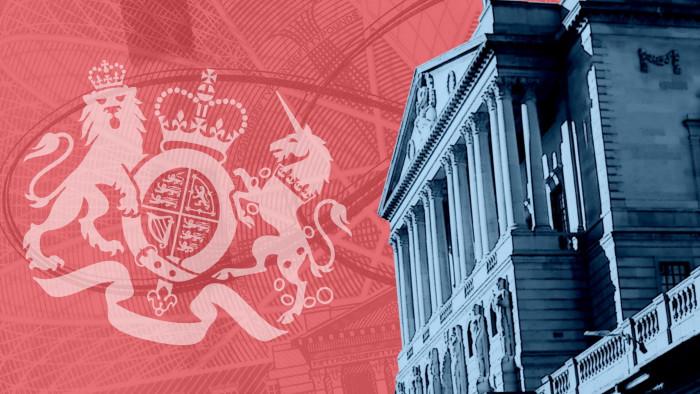Investigation needed to hold those behind UK pension crisis to account

Roula Khalaf, Editor of the FT, selects her favourite stories in this weekly newsletter.
The writer is an independent pension consultant
Within just a few days of September’s “mini” Budget, the UK’s company pension system seemed to be in meltdown, with apocalyptic headlines about scheme solvency, all blamed on so-called liability-driven investment.
To calm things, the Bank of England announced it would buy up to £65bn of gilts — the long-term government IOUs that are the mainstay of UK pension fund investments. Although the nuts and bolts of how LDI works are complex and opaque, the big picture is clear.
The extreme stress was not because pension schemes — and the company sponsors guaranteeing them — were simply trying to match their promises to pay pensions with assets that delivered income when those liabilities came due.
This strategy, which UK chemist chain Boots pioneered in 2001 when I was head of corporate finance, involves selling equities and buying matching long-dated bonds, providing both fixed and inflation-linked returns.
LDI has evolved from that into something quite different from just hedging liabilities to pay pensions. What we see now is happening because pension schemes have been speculating — investing in equities, private equity and hedge funds, with disguised borrowings or leverage — not hedging.
By increasing leverage, many UK pension schemes have been operating as badly run hedge funds, increasing risk for themselves and the whole financial system. This greed, stupidity and laziness was encouraged by investment consultants, who get paid for complexity.
Some pension schemes have bought “leveraged gilt funds” — the clue is in the name. These instruments create leverage through derivatives and gilt repos, which allow holders to exchange government bonds for cash. The economic risk is taken on by the pension schemes.
If a fund has a typical three times leverage for every 10 per cent fall or rise in the value of the underlying gilt, the value of the fund falls or rises 30 per cent.
What was the trigger for the meltdown? As gilt interest rates rose following the “mini” Budget, UK government bond prices fell and the value of the leveraged units fell even more. This triggered calls for pension schemes to stump up more collateral on their trades.
The danger was that to meet the collateral calls, pension schemes sold their most liquid assets: gilts. This aggravated the fall in gilt prices, further increasing collateral calls in a “doom loop”.
We are left in a position in which the taxpayer has effectively had to bail out pension schemes via the Bank of England intervention. This is moral hazard writ large: “Heads we win, tails we come asking for a taxpayer bailout . . . ”
Taxpayers should not be bailing out companies that have benefited from pension scheme leverage and holding equities, allowing them to make lower cash contributions to their pension schemes. Companies should be getting out their cheque books, accelerating their deficit contribution payments or meeting margin calls directly on behalf of their schemes.
Since leverage is the cause of the whole problem, pension funds should be banned from using leverage, however cleverly disguised. (Pension funds can’t generally borrow.) We also need better accounting, so shareholders and pension scheme members can see exactly what is going on in pension schemes.
Higher gilt yields have helped pension schemes by reducing the value of their liabilities and improving funding levels. Pension funds will now be selling equities to switch to gilts and lock in surpluses. Of course, this will in turn increase demand for gilts and put pressure on equity prices.
Over the next few months, we will also see pension schemes selling less liquid assets, especially those in private equity. Some companies with well-funded schemes will be able to offload their pension risks entirely with buyouts from third-party insurers.
Given the scale, and speed, of the leveraged LDI turmoil, the BoE, the Treasury and the Pensions Regulator should have an urgent investigation to pool information and hold those responsible for this mess to account.
Twitter: @johnralfe1
Comments